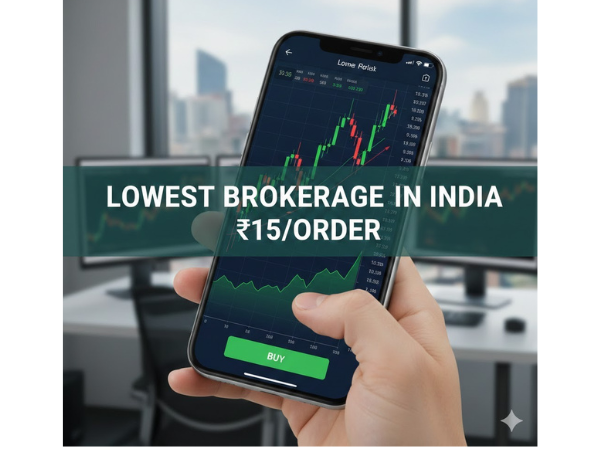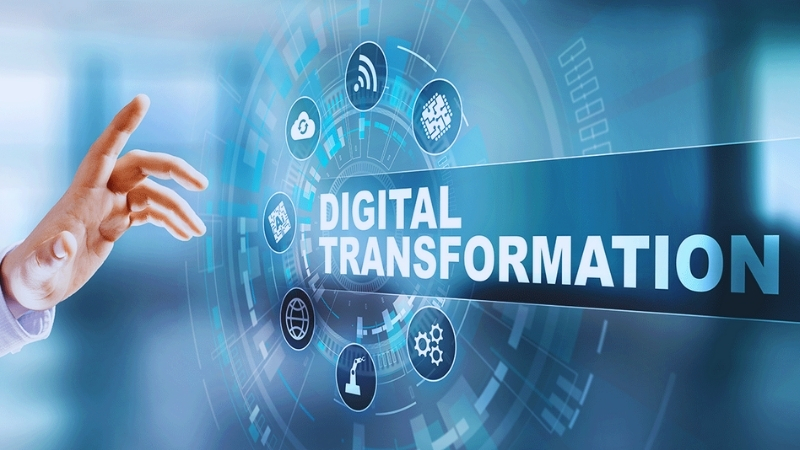E-commerce and Online Retail in India: A Booming Industry

The e-commerce industry in India has witnessed phenomenal growth in recent years, driven by factors such as increasing internet penetration, rising disposable incomes, and improved logistics infrastructure. This article explores the key trends, challenges, and opportunities associated with e-commerce and online retail in India.
Key Trends in E-commerce
- Growth of Online Marketplaces: Online marketplaces like Amazon, Flipkart, and Myntra have played a significant role in driving the growth of e-commerce in India. These platforms offer a wide range of products and services, attracting a large customer base.
- Mobile Commerce: The proliferation of smartphones has fueled the growth of mobile commerce (m-commerce) in India. Mobile apps and websites have become the preferred channels for online shopping.
- Hyperlocal Delivery: The rise of hyperlocal delivery services has enabled e-commerce companies to deliver products within a few hours or even minutes, providing convenience to customers.
- Digital Payments: The adoption of digital payment methods, such as UPI and digital wallets, has simplified the payment process for online shoppers.
- Social Commerce: Social media platforms like Instagram and Facebook are increasingly being used for social commerce, where influencers and brands collaborate to promote and sell products directly to consumers.
Challenges and Opportunities
- Logistics Infrastructure: Despite improvements, India’s logistics infrastructure still faces challenges, such as last-mile delivery and warehousing facilities. Addressing these challenges is crucial for efficient e-commerce operations.
- Competitive Landscape: The e-commerce market in India is highly competitive, with numerous players vying for market share. Companies need to differentiate themselves through innovative offerings and superior customer service.
- Return Rates: High return rates can impact profitability in the e-commerce industry. Implementing effective return policies and improving product quality can help reduce returns.
However, the challenges also present significant opportunities:
- Market Potential: India’s large population and growing middle class offer immense market potential for e-commerce.
- Rural Penetration: Expanding e-commerce to rural areas can tap into a vast untapped market.
- Cross-Border Trade: India’s e-commerce industry is increasingly engaging in cross-border trade, with opportunities to export Indian products to global markets.
Conclusion
E-commerce and online retail have become integral parts of the Indian economy. The industry’s growth is driven by factors such as increasing internet penetration, mobile commerce, and digital payments. While challenges such as logistics infrastructure and competition persist, the opportunities for growth and development in this sector are immense. By addressing these challenges and capitalizing on the opportunities, India can further strengthen its position as a global e-commerce hub.








